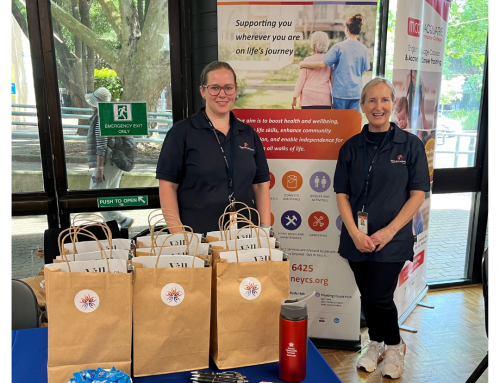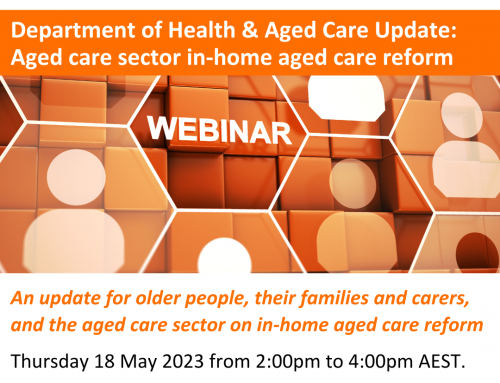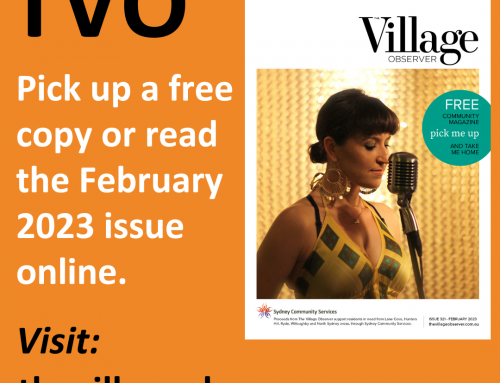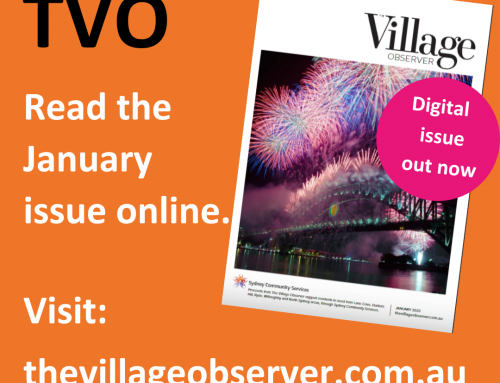An extension is handy for all of us: the opt-out period for My Health Record (MHR) has been extended to the end of January. However, if you don’t opt out by then, you get a MHR from which you can opt out later – at any time.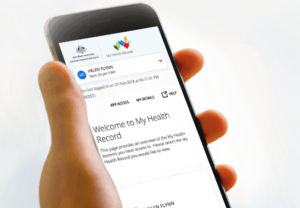
If you’re interested in how others are using the MHR system, the government publishes a graphic profile of the system so far – updated monthly here This shows more than 6 million Australians are registered, along with nearly 15,000 health care providers. The profile gives other food for thought because it tells you what sort of clinical, prescription, medicare and consumer documents people are allowing to be uploaded. Meanwhile, the government has made the system more flexible and more secure. Go to https://www.myhealthrecord.gov.au/for-you-your-family to find out how it can work for you.
For most people, it’s easy to check out the pros and cons for their situation at the MHR website. While disability advocates are pleased there’s more time to make a decision, they say people with disability need more resources to make an informed decision on whether MHR is a good idea for them.
“There hasn’t been enough time for people with disability to work through the issues … but having easy English, Auslan, audio information and access to independent advocacy support would make a huge difference,” said Therese Sands, co-CEO of People With Disability Association.
She said some people with a disability would benefit from having their health records easily available through MHR, but they needed to have support systems in place to help them fully understand the system, and how they can control their information, especially with the privacy breaches that had already occurred.
“Some are very concerned about having their medical records available to others … this could be detrimental to future medical treatment decisions, and being able to provide consent to medical treatment,” she said.
Earlier in the year, Vision Australia expressed extreme frustration over the opt-out process because it couldn’t be accessed by people with no or low vision, but after meeting with the Australian Digital Health Agency, changes were made for better access for people with poor sight.

